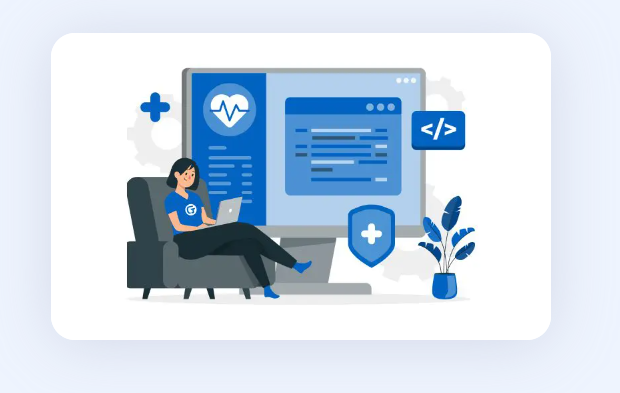Welcome to the realm where innovation meets healthcare – the world of healthcare software product development. In today's rapidly evolving digital landscape, where technology reigns supreme, the healthcare sector is not far behind in embracing groundbreaking solutions to enhance patient care, streamline operations, and drive efficiency.
Understanding Healthcare Software Product Development
Healthcare software product development is the process of creating, designing, and implementing software solutions tailored specifically for the healthcare industry. These solutions range from electronic health records (EHR) systems to telemedicine platforms, medical billing software, and beyond. The primary goal? To revolutionize the way healthcare is delivered and managed.
Navigating the Complexities
Developing software for the healthcare sector comes with its own set of challenges and intricacies. From stringent regulatory requirements to the need for interoperability and data security, developers must navigate through a myriad of complexities to ensure that their solutions meet industry standards and comply with regulations such as HIPAA (Health Insurance Portability and Accountability Act).
Key Stages of Development
1. Research and Planning:
Before diving into the development process, extensive research is conducted to understand the needs of healthcare providers, patients, and other stakeholders. This phase involves gathering requirements, analyzing market trends, and outlining the scope of the project.
2. Design and Prototyping:
Once the requirements are gathered, the design phase begins. User experience (UX) and user interface (UI) design play a crucial role in ensuring that the software is intuitive and user-friendly. Prototyping allows for early feedback and iterations to refine the design further.
3. Development and Testing:
The development phase involves writing code, integrating features, and building the software according to the specifications outlined in the design phase. Continuous testing is conducted throughout the development process to identify and rectify any bugs or issues.
4. Deployment and Integration:
Once the software is developed and tested thoroughly, it is deployed into the healthcare environment. Integration with existing systems and infrastructure is crucial to ensure seamless operation and data exchange.
5. Maintenance and Support:
The journey doesn't end with deployment. Continuous maintenance and support are essential to keep the software up-to-date, secure, and optimized for performance. Regular updates and patches are released to address any issues and improve functionality.
The Impact of Healthcare Software
The advent of healthcare software has transformed the way healthcare is delivered and managed across the globe. Let's explore some of the key benefits and impacts:
-
Improved Efficiency: Automation of repetitive tasks, streamlined workflows, and real-time access to patient data have significantly improved operational efficiency within healthcare facilities.
-
Enhanced Patient Care: Healthcare software enables better coordination among healthcare providers, resulting in improved patient outcomes, personalized treatment plans, and enhanced patient satisfaction.
-
Data-driven Insights: By harnessing the power of data analytics, healthcare organizations can gain valuable insights into patient populations, disease trends, and treatment efficacy, facilitating evidence-based decision-making and proactive intervention.
-
Cost Savings: Through the optimization of resources, reduction of errors, and prevention of unnecessary procedures, healthcare software contributes to cost savings for both healthcare providers and patients.
Conclusion
In conclusion, healthcare software product development is not just about writing code; it's about revolutionizing an entire industry. By harnessing the power of technology, developers have the opportunity to make a profound impact on patient care, operational efficiency, and healthcare outcomes. As we continue to innovate and push the boundaries of what's possible, the future of healthcare looks brighter than ever before.
